Creating a home that is both stylish and eco-friendly is possible with sustainable interior design practices for eco-friendly homes. These practices can make your living space healthier and more energy-efficient.
Sustainable interior design practices for eco-friendly homes focus on using materials and methods that benefit the environment. By making mindful choices, you can reduce waste, conserve energy, and create a healthier living space. Imagine a home where every detail, from furniture to lighting, helps contribute to a greener planet.
This approach not only helps the environment but also creates a unique and personal space. Eco-friendly homes are more than a trend; they are a lifestyle choice that reflects a commitment to sustainability.
In this blog, we’ll explore sustainable interior design practices for eco-friendly homes that can help transform your space into an environmentally conscious haven.

Credit: blog.opalgroup.net
Introduction To Sustainable Interior Design
Are you curious about creating a stylish, eco-friendly home? Sustainable Interior Design Practices for Eco-Friendly Homes focus on crafting beautiful, functional, and environmentally responsible spaces. Let’s explore why this approach is gaining popularity and how it can benefit both you and the planet.
Importance Of Eco-friendly Homes
Eco-friendly homes are more than just a trend; they are crucial for a sustainable future. By embracing sustainable interior design practices for eco-friendly homes, you can reduce your carbon footprint, conserve natural resources, and create a healthier living space. Consider this:
- Energy Efficiency: Using energy-efficient appliances and lighting can significantly lower your electricity bills and reduce greenhouse gas emissions.
- Water Conservation: Installing water-saving fixtures and using drought-resistant plants can help preserve this precious resource.
- Waste Reduction: Opting for recycled or upcycled materials reduces waste and minimizes the impact on landfills.
Benefits Of Sustainable Design
Embracing sustainable interior design practices for eco-friendly homes offers numerous benefits. It not only supports the planet’s health but also improves your quality of life. Here are some key advantages:
- Healthier Living Spaces: Sustainable materials often have fewer toxins, leading to better indoor air quality and a healthier home environment.
- Cost Savings: Over time, energy-efficient solutions and durable materials can save you money on utility bills and maintenance costs.
- Timeless Aesthetic: Sustainable design focuses on quality and longevity, resulting in timeless, elegant spaces that won’t go out of style.
Ready to transform your home into an eco-friendly haven? By embracing sustainable interior design practices for eco-friendly homes, you can create a space that’s good for both you and the environment.
Let’s take this journey together towards a greener, more sustainable future!

Credit: www.anthonymichaelinteriordesign.com
Choosing Eco-friendly Materials
Sustainable Interior Design Practices for Eco-Friendly Homes go beyond trends—they create healthier, more environmentally friendly spaces. By choosing eco-friendly materials, you reduce your carbon footprint and craft a safer, more sustainable living environment for your family.
Let’s dive into some excellent options that can help you achieve a sustainable interior design.
Natural And Recycled Materials
When it comes to eco-friendly materials, natural and recycled options are your best bet. These materials are not only sustainable but also add a unique charm to your home. Here are some examples:
- Wood: Opt for reclaimed or FSC-certified wood. It’s durable, beautiful, and sustainable.
- Bamboo: Fast-growing and renewable, bamboo is a fantastic alternative to traditional hardwood.
- Cork: Harvested from the bark of cork oak trees, cork is an excellent choice for flooring and insulation.
- Recycled Metal: Using recycled steel or aluminum reduces the need for mining and conserves natural resources.
- Recycled Glass: Glass tiles or countertops made from recycled glass are both stunning and sustainable.
Low Voc Paints And Finishes
Traditional paints and finishes can release harmful chemicals known as volatile organic compounds (VOCs) into your home. These chemicals can cause headaches, dizziness, and long-term health issues. Thankfully, there are safer alternatives:
- Low VOC Paints: These paints have reduced levels of VOCs, making them a healthier choice for your home. Look for labels that indicate low or zero VOC content.
- Natural Finishes: Finishes made from natural oils and waxes are a great option. They not only protect your furniture but also enhance the natural beauty of the wood.
- Water-Based Paints: These paints are less toxic and have lower VOC levels compared to oil-based paints.
Choosing low VOC paints and finishes can significantly improve indoor air quality, making your home a safer place to live.
By incorporating these eco-friendly materials into your home, you can enjoy a beautiful, sustainable living space that’s good for both you and the environment. Remember, every small step counts when it comes to creating an eco-friendly home.
So, why not start with the materials you choose for your next interior design project?
Energy Efficiency In Interior Design
Sustainable interior design practices for eco-friendly homes prioritize energy efficiency, reducing energy consumption and cutting utility costs. By embracing these eco-conscious design solutions, you not only create a greener living space but also make a positive impact on the environment.
Energy-saving Lighting Solutions
Lighting plays a crucial role in energy efficiency. LED bulbs are a great option. They use less energy and last longer. Smart lighting systems also save energy. They adjust brightness based on natural light and occupancy. Daylight is another effective solution. Maximizing natural light reduces the need for artificial lighting.
Efficient Heating And Cooling Systems
Heating and cooling systems consume a lot of energy. Using efficient systems can help reduce this. Programmable thermostats are a good choice. They adjust temperature based on your schedule.
Insulating your home is important too. Proper insulation keeps your home warm in winter and cool in summer. Ceiling fans also contribute to energy efficiency. They circulate air and reduce the need for heating and cooling.
Water Conservation Techniques
Sustainable interior design practices for eco-friendly homes emphasize water conservation. By using effective techniques, homeowners can reduce water usage, save money, and preserve valuable resources, contributing to a more eco-conscious living space.
Eco-friendly Plumbing Fixtures
Installing eco-friendly plumbing fixtures can dramatically cut water consumption. Low-flow showerheads are a great option. They use less water without sacrificing pressure. Dual-flush toilets offer another efficient solution. They provide different flush options for liquid and solid waste. This simple switch can save thousands of gallons each year.
Faucet aerators are another effective tool. They mix air with water to reduce flow. Yet, they still provide a strong stream. These fixtures are easy to install. They are also inexpensive. They offer an immediate impact on water savings.
Rainwater Harvesting Systems
Rainwater harvesting systems collect and store rainwater. This water can be used for various household tasks. These include watering plants, flushing toilets, and even washing clothes. These systems reduce reliance on municipal water supplies.
Installing a rainwater harvesting system is straightforward. Roofs and gutters direct rainwater into storage tanks. Filters ensure that the water is clean. Pumps then distribute the water to where it is needed. This method is highly efficient.
Choosing the right system depends on your needs. Some systems are simple and inexpensive. Others are more complex but offer greater capacity. Regardless of the type, rainwater harvesting is a valuable addition to any eco-friendly home.
Incorporating Green Spaces
Sustainable Interior Design Practices for Eco-Friendly Homes go beyond just using the right materials or cutting down on energy usage. It’s about integrating nature into your space to enhance your environment. By incorporating green spaces, you can improve air quality, reduce stress, and make your home feel more vibrant and inviting. Let’s explore how to do this effectively.
Indoor Plants And Vertical Gardens
One of the simplest ways to introduce green spaces in your home is by adding indoor plants. They’re not just pretty to look at; they also purify the air and boost your mood. Consider easy-to-maintain plants like succulents, ferns, or snake plants.
- Succulents: These hardy plants require little water and thrive in sunlight.
- Ferns: Perfect for adding a touch of greenery to shaded areas.
- Snake Plants: Known for their air-purifying qualities and low maintenance needs.
For those with limited space, vertical gardens can be a game-changer. These gardens grow upwards, not outwards, making them perfect for small apartments or homes. You can create a vertical garden using a wall-mounted planter or even a DIY pallet garden.
| Plant Type | Light Requirement | Watering Frequency |
|---|---|---|
| Succulents | High | Low |
| Ferns | Low to Medium | Medium |
| Snake Plants | Low to High | Low |
Biophilic Design Elements
Biophilic design is all about connecting with nature. This design approach integrates natural elements into the home to create a serene and healthy living environment. Think about using natural materials like wood, stone, and bamboo in your décor. These materials not only look great but also have a minimal environmental impact.
You can also incorporate water features, like a small indoor fountain, to bring the soothing sounds of nature indoors. And don’t forget natural light! Maximizing natural light not only reduces your electricity bill but also makes your home feel more open and inviting.
- Natural Materials: Use wood, stone, and bamboo for furniture and décor.
- Water Features: Add an indoor fountain for a calming effect.
- Natural Light: Maximize windows and use light-colored curtains to let the sunshine in.
Remember, incorporating green spaces isn’t just about aesthetics. It’s about creating a home that nurtures your well-being and respects the planet. So go ahead, bring a bit of the outdoors inside, and watch your eco-friendly home flourish.
Sustainable Furniture Choices
Sustainable furniture choices play a crucial role in eco-friendly homes. Choosing the right furniture can reduce your carbon footprint. It can also promote a healthier living space. Let’s explore some sustainable furniture options.
Upcycled And Reclaimed Furniture
Upcycled furniture gives new life to old items. It reduces waste and saves resources. You can turn old wood into a beautiful table. Or convert vintage doors into a stylish headboard. Upcycling is creative and unique. It adds character to your home.
Reclaimed furniture uses materials from old buildings or furniture. These materials often have a rich history. They are sturdy and durable. Choosing reclaimed furniture means fewer trees are cut down. It preserves natural resources. It also supports sustainable living.
Ethically Sourced Wood
Ethically sourced wood comes from well-managed forests. These forests follow strict environmental standards. They ensure that logging practices are sustainable. This wood has certifications like FSC or PEFC. These labels guarantee responsible forestry.
Using ethically sourced wood helps protect forests. It supports biodiversity. It also ensures fair wages for workers. Furniture made from this wood is high quality. It is beautiful and long-lasting. It helps create an eco-friendly home.
Smart Home Technology For Sustainability
Smart home technology plays a crucial role in sustainable interior design practices for eco-friendly homes. It offers innovative ways to reduce our environmental impact. These technologies make homes more energy-efficient and eco-friendly. Let’s explore some key aspects of smart home technology for sustainability.
Automated Energy Management
Automated energy management systems help save electricity. They control lighting, heating, and cooling based on your needs. Smart thermostats adjust the temperature automatically. This reduces energy waste and lowers utility bills. Motion sensors turn off lights in empty rooms. These small changes make a big difference in energy consumption.
Smart Water Usage
Smart water usage systems conserve water effortlessly. Smart faucets and showers control water flow and temperature. Some systems detect leaks and alert homeowners. This prevents water waste and costly damage. Smart irrigation systems water lawns only when needed. They use weather data to optimize water usage. These technologies ensure efficient water management in homes.
Creating A Healthy Indoor Environment
When it comes to sustainable interior design, it’s not just about the aesthetics. It’s also about creating a space that promotes health and well-being. A healthy indoor environment can significantly improve your quality of life.
Here, we’ll explore how you can achieve this by improving air quality and using non-toxic materials.
Improving Air Quality
Breathing clean air is essential for your health. Unfortunately, indoor air can sometimes be more polluted than the air outside. But don’t worry, there are simple ways to improve it.
- Ventilation: Open your windows regularly to let fresh air in. If you live in a polluted area, consider installing an air purifier.
- Plants: Houseplants are not just pretty to look at. They also purify the air by absorbing toxins and releasing oxygen. Some great options include spider plants, peace lilies, and snake plants.
- Regular Cleaning: Dust and allergens can accumulate quickly. Make sure to clean your home regularly to keep these at bay.
Non-toxic Materials
Many traditional building materials and furnishings contain harmful chemicals. These can off-gas over time, negatively impacting your indoor air quality. Here are some tips to avoid them:
- Paints and Finishes: Opt for low-VOC (volatile organic compounds) or VOC-free paints. These are less harmful and better for the environment.
- Furniture: Choose furniture made from natural materials like wood, bamboo, or rattan. Avoid those made with particleboard or MDF, as they often contain formaldehyde.
- Textiles: Look for organic fabrics, such as cotton or linen, that are free from synthetic dyes and chemicals.
By making these simple changes, you can create a healthier indoor environment for you and your family. And the best part? You’re also doing your bit for the planet.
So, why not give it a try? Your lungs will thank you!
Diy Sustainable Decor Ideas
Creating a beautiful home doesn’t have to harm the environment. DIY sustainable decor ideas can help you craft an eco-friendly space. These projects use recycled materials and eco-friendly items. You can save money and reduce waste while decorating your home.
Crafting With Recycled Materials
Recycled materials offer endless possibilities for DIY decor. Old jars can become stylish vases. Wine corks can transform into a unique bulletin board. Cardboard boxes can be painted and used as storage bins. These projects are fun and give new life to old items.
Fabric scraps can be turned into colorful pillows. Glass bottles can be used for lighting fixtures. Wooden pallets can become rustic furniture. The only limit is your imagination.
Eco-friendly Art And Accessories
Eco-friendly art adds character to your home. Create wall art from natural items like leaves, twigs, and stones. Paint them and arrange them in frames. This brings nature indoors.
Use organic cotton or bamboo fabric for curtains and cushion covers. These materials are sustainable and look great. Upcycle old furniture with non-toxic paint for a fresh look.
Handmade candles using soy wax are another eco-friendly option. They burn cleaner and last longer. Add essential oils for a pleasant fragrance.
Incorporate these DIY sustainable decor ideas for a stylish and green home.
Case Studies And Success Stories
Sustainable Interior Design Practices for Eco-Friendly Homes are becoming increasingly popular, as more homeowners seek eco-friendly solutions. Case studies and success stories demonstrate the powerful impact of these practices, showing how sustainable choices can truly transform homes. Real-life examples offer valuable lessons that can guide future interior design decisions.
Real-life Examples
One family in California decided to renovate their home sustainably. They used reclaimed wood for flooring. They chose energy-efficient appliances. Solar panels were installed to reduce electricity costs. The result was a beautiful, eco-friendly home. They saved money and reduced their carbon footprint.
Another success story comes from a couple in New York. They opted for natural materials in their apartment. Bamboo furniture replaced plastic items. Non-toxic paints were used for walls. Plants were added to improve air quality. Their home became a healthy and sustainable living space.
Lessons Learned
These examples teach valuable lessons. Choosing sustainable materials can make a big difference. Reclaimed wood and bamboo are great options. Energy-efficient appliances can save money. Solar panels are a worthwhile investment. Non-toxic paints improve indoor air quality.
Small changes lead to big impacts. Incorporating plants enhances air quality. Reducing plastic use is crucial. Sustainable practices create healthier homes. They also benefit the environment. Every step towards sustainability counts.

Frequently Asked Questions
How Can Interior Designing Be Eco-friendly?
Interior designing can be eco-friendly by using sustainable materials, energy-efficient lighting, and recycled furniture. Opt for natural fibers and non-toxic paints. Incorporate indoor plants for better air quality.
What Are The Eco Interior Design Ideas?
Use sustainable materials like bamboo and reclaimed wood. Opt for energy-efficient lighting and appliances. Incorporate indoor plants for better air quality. Choose low-VOC paints and finishes. Repurpose and upcycle furniture.
How To Apply Sustainability In Interior Design?
Incorporate sustainability by using eco-friendly materials, energy-efficient lighting, and repurposed furniture. Choose non-toxic paints and support local artisans.
What Is Eco-design In Interior Design?
Eco-design in interior design focuses on using sustainable materials and energy-efficient practices to create environmentally friendly spaces. It reduces waste and minimizes environmental impact. Eco-design promotes health and well-being by incorporating natural elements and reducing toxins.
Conclusion
Creating eco-friendly homes with sustainable interior design is achievable. Small changes make a big difference. Choose materials wisely. Opt for energy-efficient appliances. Reuse and recycle whenever possible. Incorporate plants for a natural touch. These practices benefit the environment and enhance your living space.
Sustainable design is both stylish and responsible. Start today and contribute to a greener future. Your efforts create a healthier home and planet. Sustainable choices lead to lasting positive impacts. Embrace eco-friendly living now for a better tomorrow.


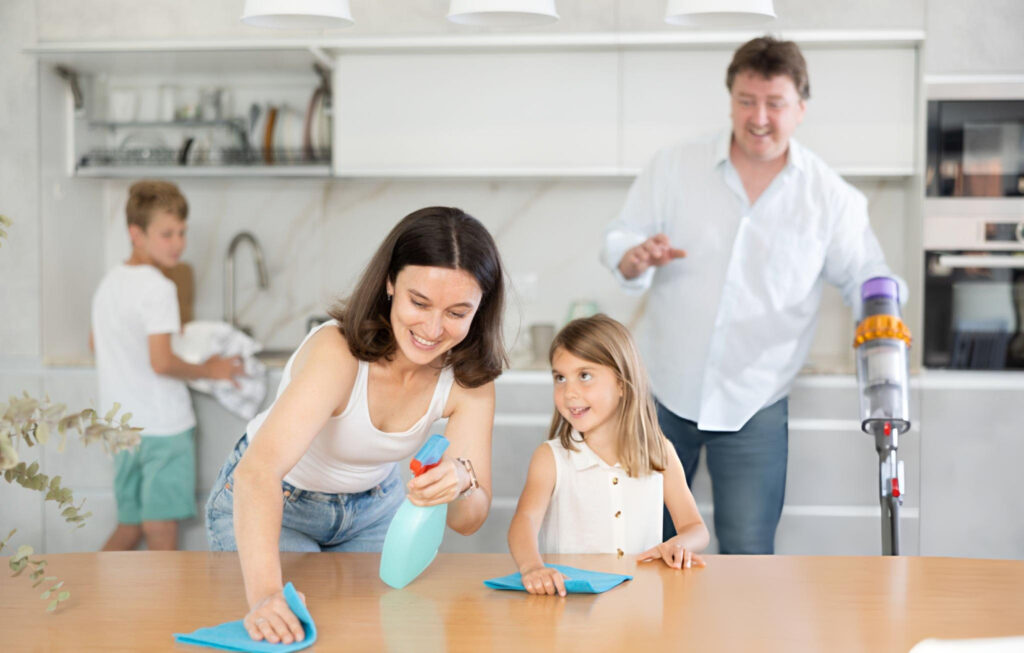


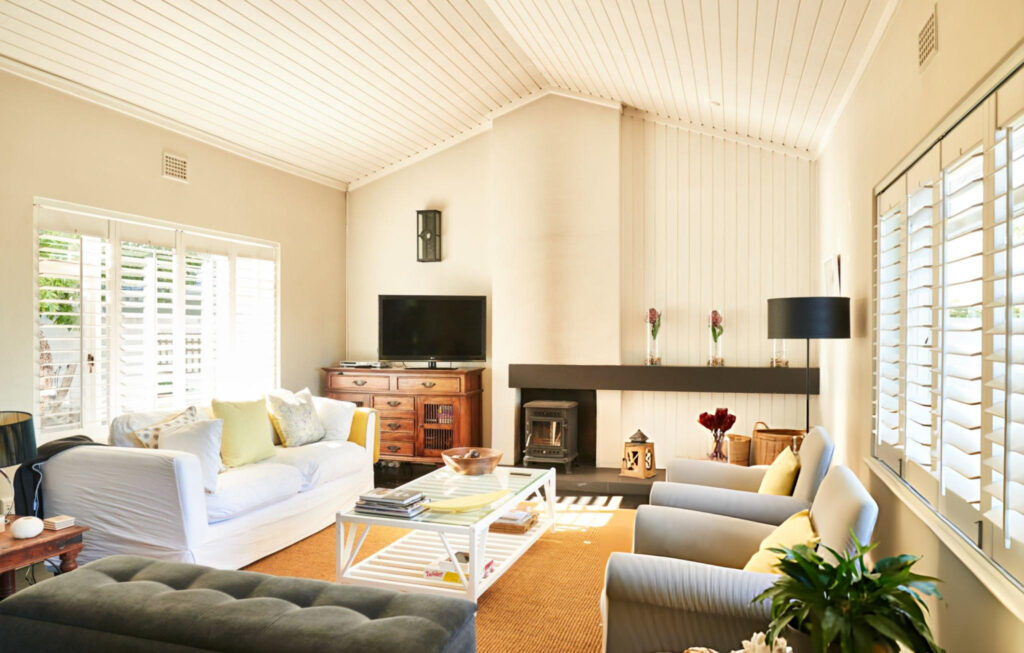


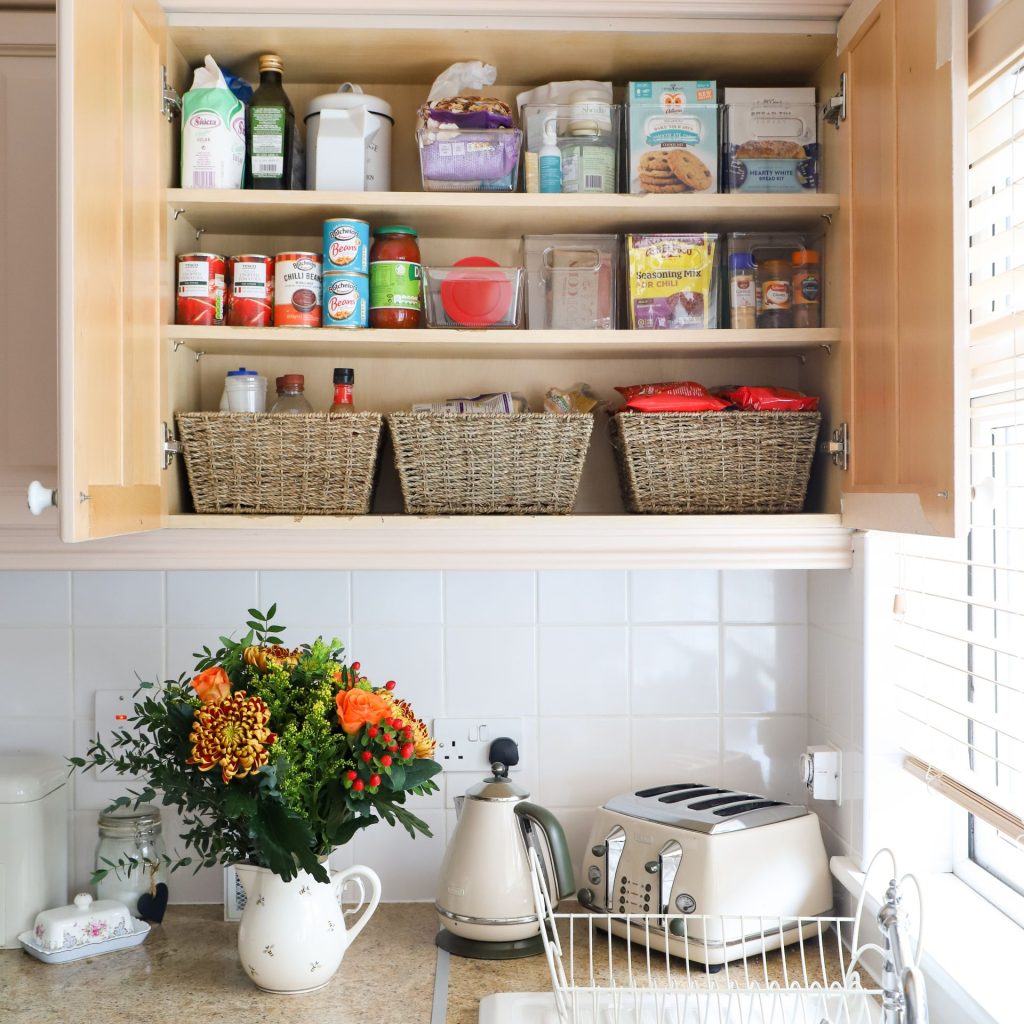
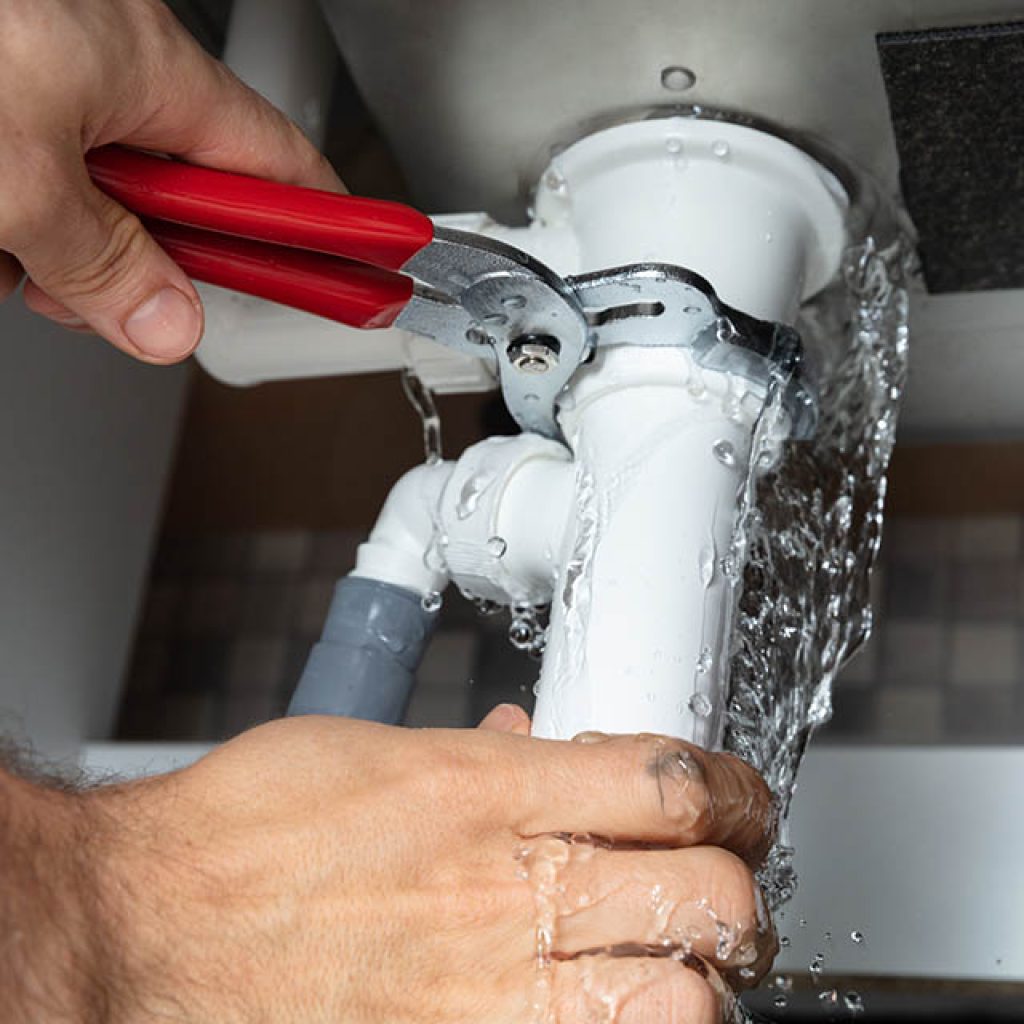

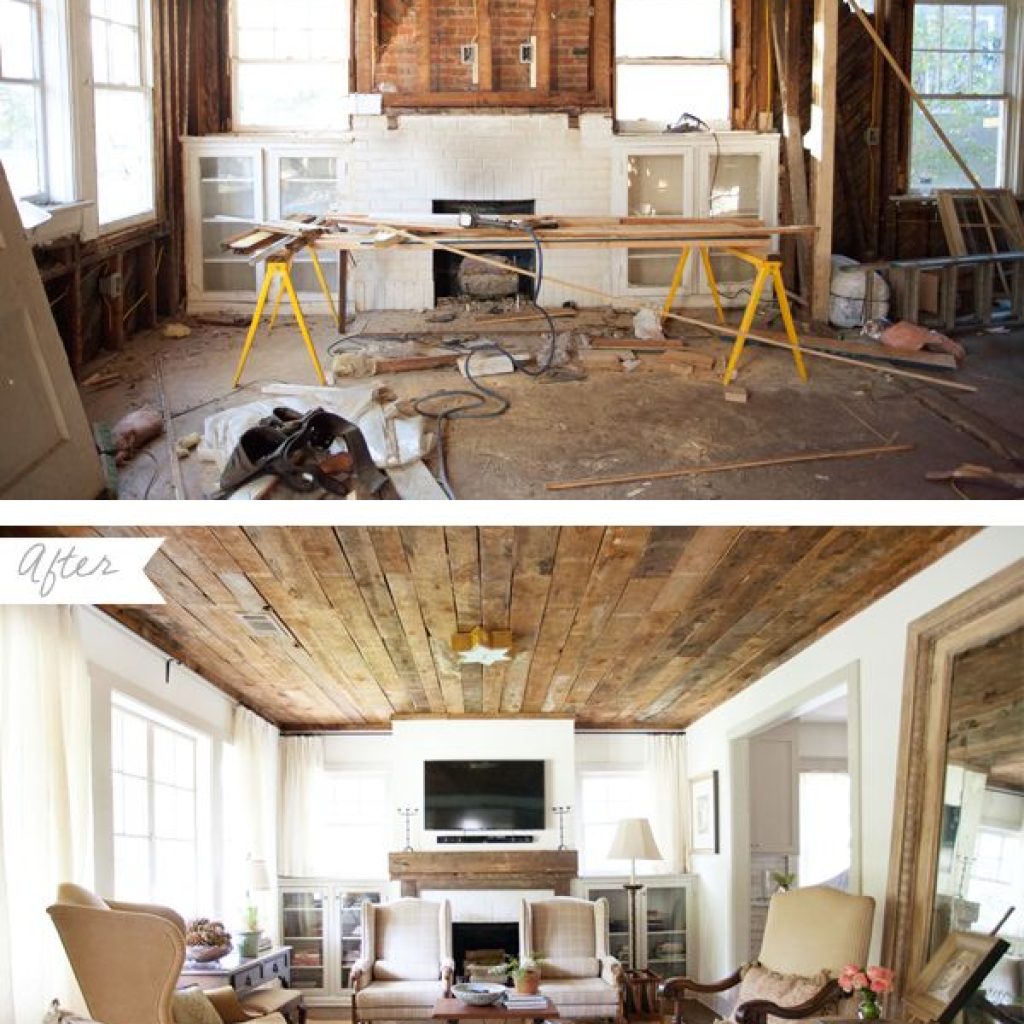
1 thought on “Sustainable Interior Design Practices for Eco-Friendly Homes: Transform Your Space”
Pingback: Best Home Renovation Tips for First-Time Homeowners: Expert Advice - Sweet Home Zone